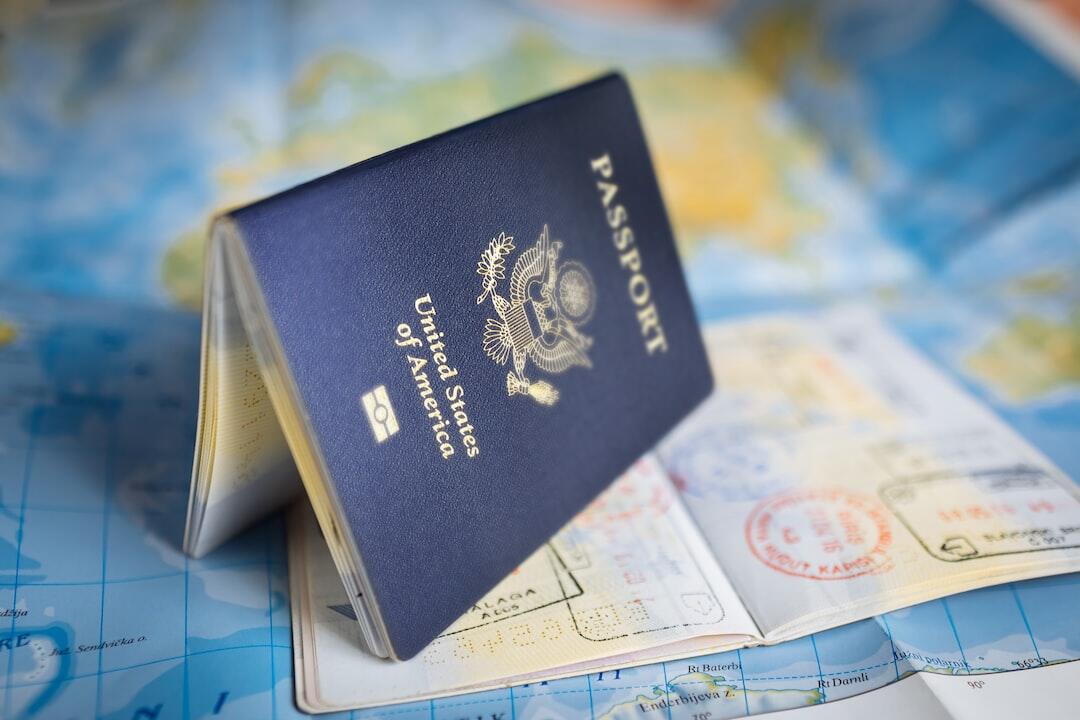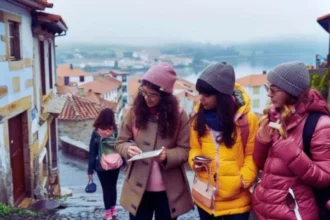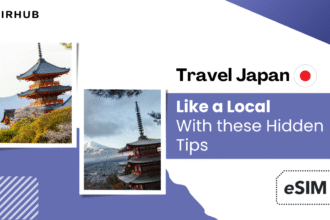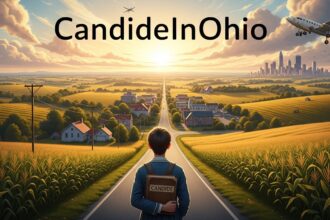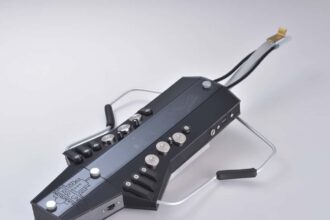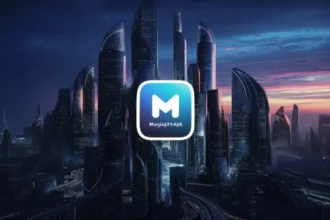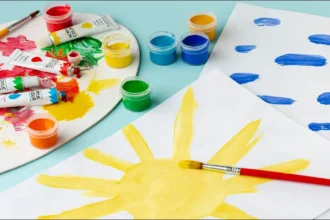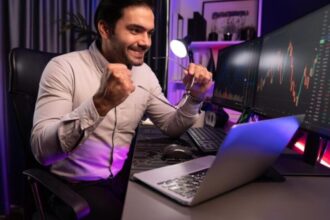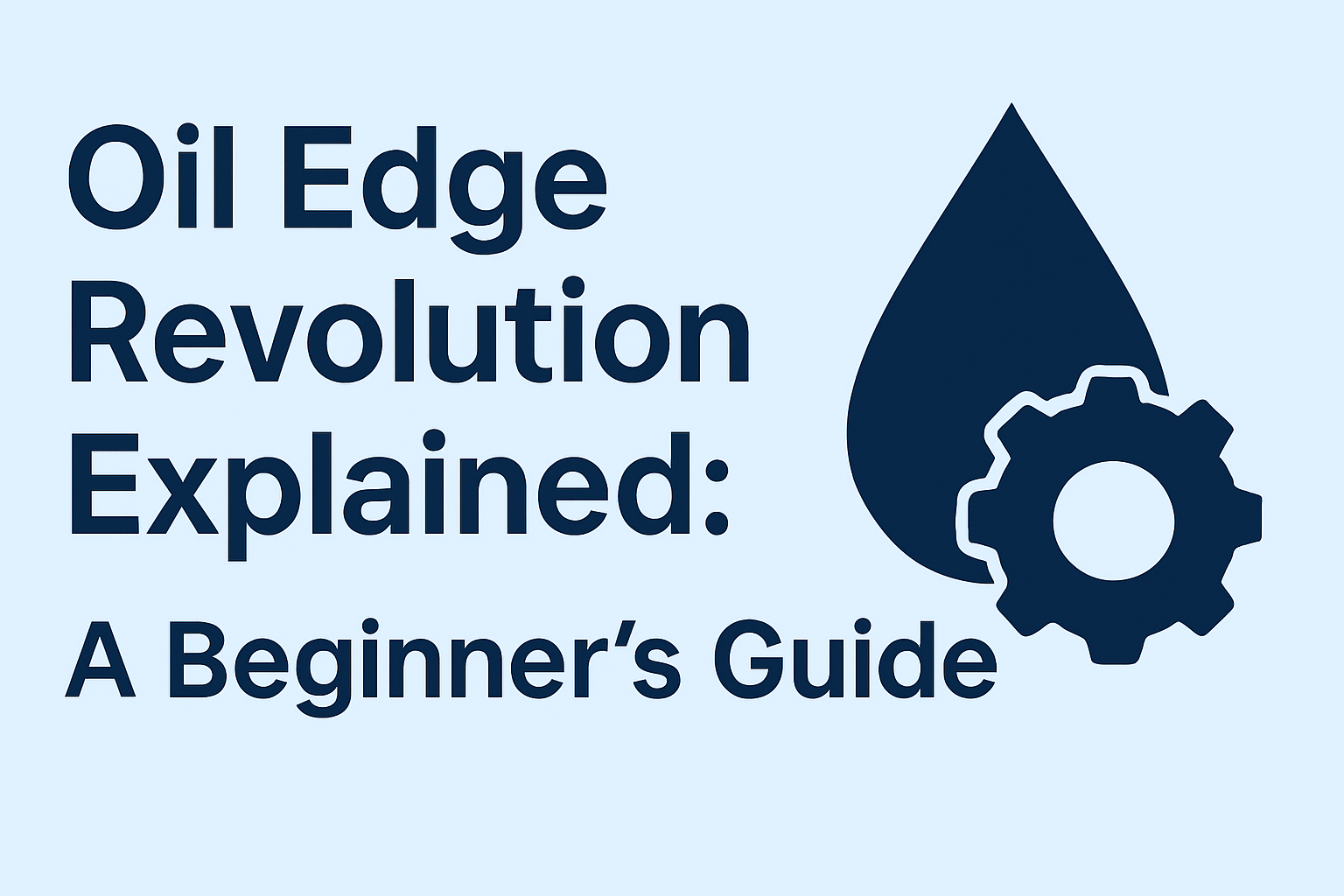The United States has long been a hub of creativity, innovation, and opportunity, especially in the fields of arts, entertainment, and media. Artists and entertainment professionals from across the globe dream of showcasing their talent on an international stage, collaborating with world-renowned creators, and contributing to groundbreaking projects. However, turning this dream into reality often comes with its fair share of logistical and legal hurdles. One important path to achieve this goal is through the O1B Visa.
This unique visa category is specifically designed to attract exceptional talent in the arts and entertainment sectors. If you’re a performer, a filmmaker, or a behind-the-scenes genius, the O1B Visa can be your ticket to sharing your gifts with the world while working in the United States. This article will explore how this visa serves as a bridge for talented individuals, the key benefits it offers, and how it can help propel your career to the next level.
What Makes the O1B Visa Special?
Unlike other work visas, the O1B Visa is tailored for individuals with extraordinary abilities in the arts or significant achievements in motion pictures or television. It stands out because it recognizes the unique contributions of creative professionals. This visa isn’t for everyone—it’s reserved for those who have reached a level of distinction in their respective fields.
So, what does “distinction” mean in this context? In essence, it refers to being recognized as prominent, well-known, or leading in your area of expertise. For those in motion pictures or television, the standard is even higher—you need to demonstrate a level of achievement that marks you as outstanding and notable. The O1B Visa reflects the value the U.S. places on exceptional talent and its willingness to welcome professionals who bring innovation, creativity, and prestige to the nation’s cultural landscape.
Opportunities for Creative Professionals
The O1B Visa opens doors for a variety of creative professionals, including:
- Performing Artists: Singers, dancers, actors, and musicians.
- Visual Artists: Painters, sculptors, photographers, and other creators who specialize in fine arts.
- Filmmakers: Directors, producers, cinematographers, and editors involved in film and television.
- Designers: Fashion, set, and lighting designers with exceptional portfolios.
- Writers and Creative Thinkers: Screenwriters, playwrights, and others whose words create magic.
Each of these categories brings something unique to the table, and the O1B Visa ensures that the U.S. remains an incubator for creativity and collaboration. Whether it’s a renowned sculptor bringing their masterpiece to a U.S. gallery or a film director working on a Hollywood production, the opportunities are vast.
Behind the Scenes: The Process
While the O1B Visa provides unparalleled opportunities, obtaining it requires a clear understanding of its process and criteria. Here’s an overview:
1. Employer Petition
The journey begins with a U.S. employer, agent, or sponsor filing Form I-129, Petition for a Nonimmigrant Worker, on behalf of the applicant. This is the foundation of the application, as it establishes the applicant’s extraordinary ability and the need for their work in the U.S.
2. Supporting Evidence
Documentation is key. This includes proof of achievements, awards, media coverage, contracts, and advisory opinions from experts in the field. For applicants in film or television, an additional advisory opinion from a labor union may be required.
3. The Visa Application
Once the petition is approved by USCIS, the applicant files Form DS-160, the online nonimmigrant visa application. An interview at a U.S. consulate or embassy is often the final step, during which applicants must demonstrate their qualifications and the purpose of their work in the U.S.
The entire process may seem daunting, but with meticulous preparation and the right legal guidance, many applicants find success.
Benefits of the O1B Visa
The O1B Visa isn’t just a work permit—it’s a career accelerator. Some of the key benefits include:
- Flexibility in Employment
O1B Visa holders can work on multiple projects as long as these activities align with the purpose of the visa. For creative professionals, this is invaluable since many juggle several projects at once. - Path to Permanent Residency
Unlike some visa categories, the O1B doesn’t require proof of foreign residency, making it easier for visa holders to apply for a green card in the future. - Inclusion of Dependents
Spouses and unmarried children under 21 can accompany O1B Visa holders to the U.S. under the O-3 visa category. - Extended Stay
While the initial validity is three years, extensions are available in one-year increments, allowing professionals to complete long-term projects or contracts.
Challenges and Considerations
While the benefits of the O1B Visa are compelling, it’s important to be aware of potential challenges:
- High Standards of Eligibility
The O1B Visa isn’t for everyone. Applicants must prove extraordinary ability or significant achievements, often requiring extensive documentation. - Employer-Sponsored Process
Applicants cannot file for the O1B Visa independently. They need a U.S. employer or agent to sponsor them, which can limit opportunities for freelancers or self-employed artists. - Cost
Filing fees can add up, especially for those seeking premium processing. Employers usually cover the cost of Form I-129 ($460), but applicants must pay the $160 fee for Form DS-160 themselves. - Time Sensitivity
Applications must be filed well in advance—at least 45 days before employment begins. Delays in documentation or processing can jeopardize project timelines.
How the O1B Visa Fuels Creativity
For artists and entertainment professionals, the O1B Visa is more than a legal document—it’s a bridge to opportunity. The ability to collaborate with leading creators, participate in high-profile projects, and gain exposure to a global audience is transformative.
Take, for example, an up-and-coming filmmaker from Europe who receives an O1B Visa to work on a major U.S. production. This experience not only enhances their professional portfolio but also connects them with an international network of collaborators. Similarly, a celebrated sculptor showcasing their work in a prominent U.S. gallery can reach new audiences and attract global acclaim.
The O1B Visa serves as a reminder that talent transcends borders. By facilitating the exchange of creative ideas, it enriches the cultural fabric of both the U.S. and the world.
Final Thoughts
The O1B Visa is a vital tool for fostering global collaboration and innovation in the arts and entertainment industries. While the application process requires effort and preparation, the rewards far outweigh the challenges. From career advancement to personal growth, this visa unlocks countless possibilities for creative professionals eager to leave their mark on the world stage.
If you’re considering applying for the O1B Visa, ensure you understand the eligibility requirements and gather all necessary documentation. For complex cases, seeking expert legal guidance can make all the difference. Let the O1B Visa be your gateway to success in the United States, a land that values and celebrates extraordinary talent.


